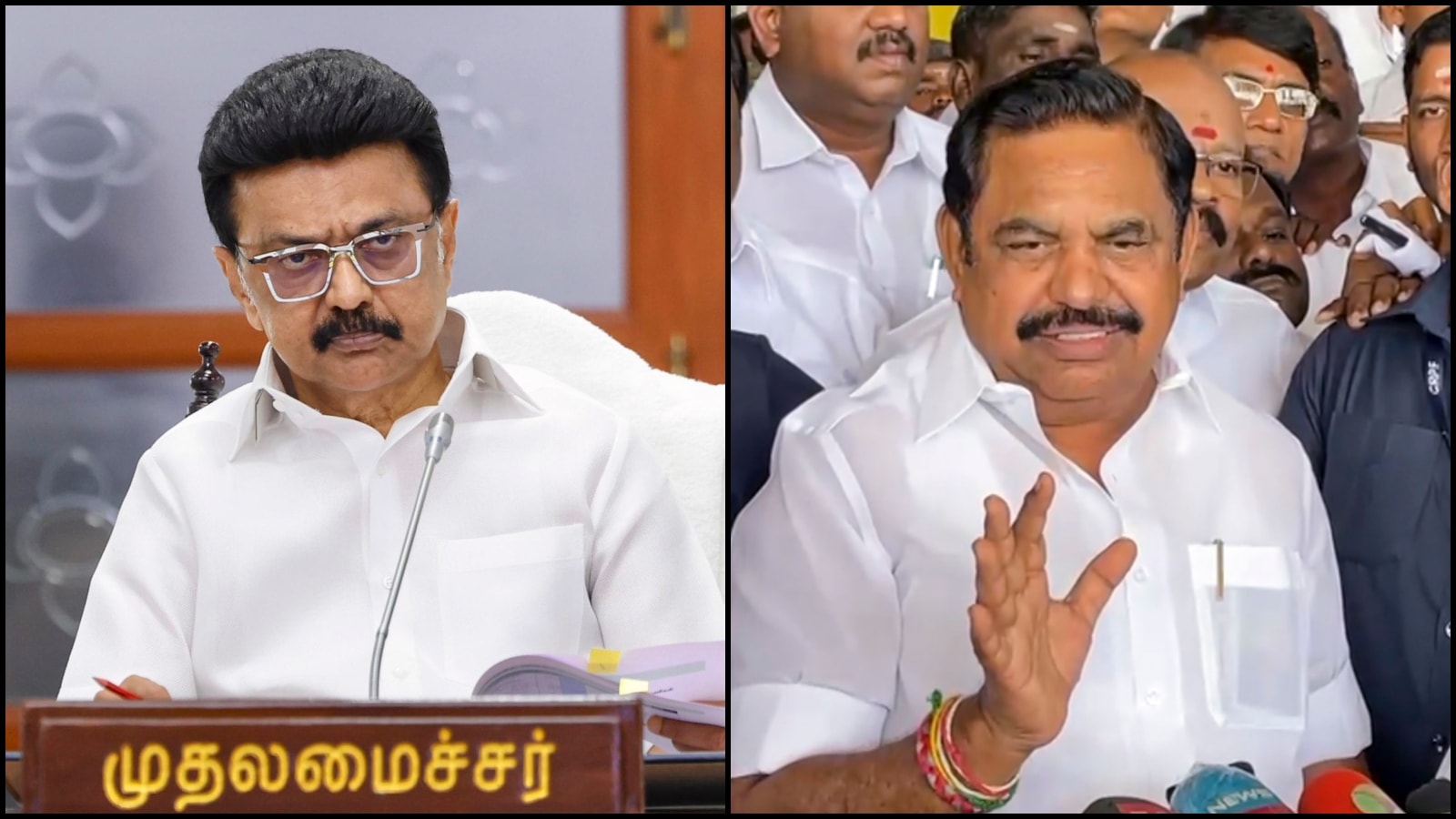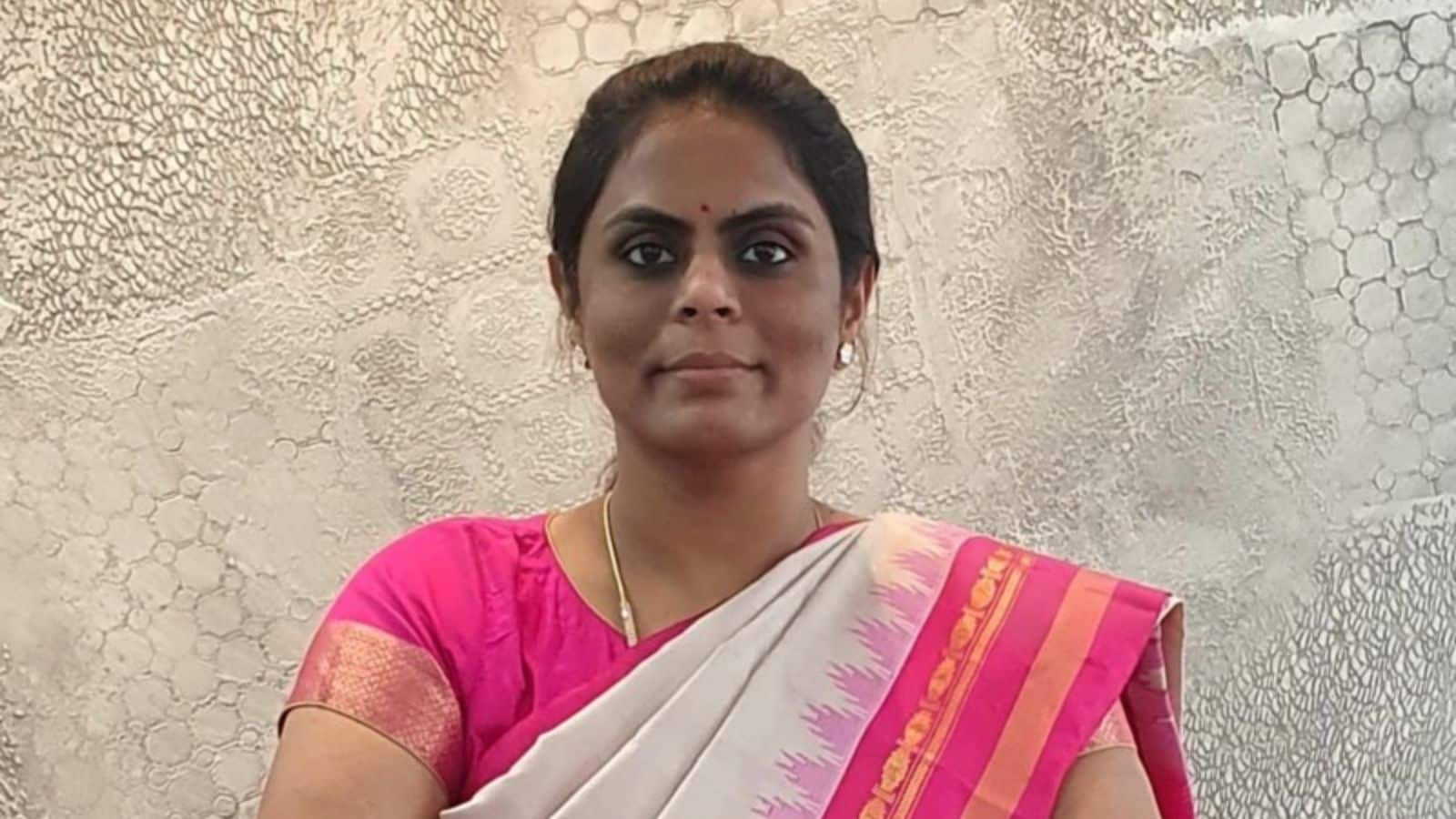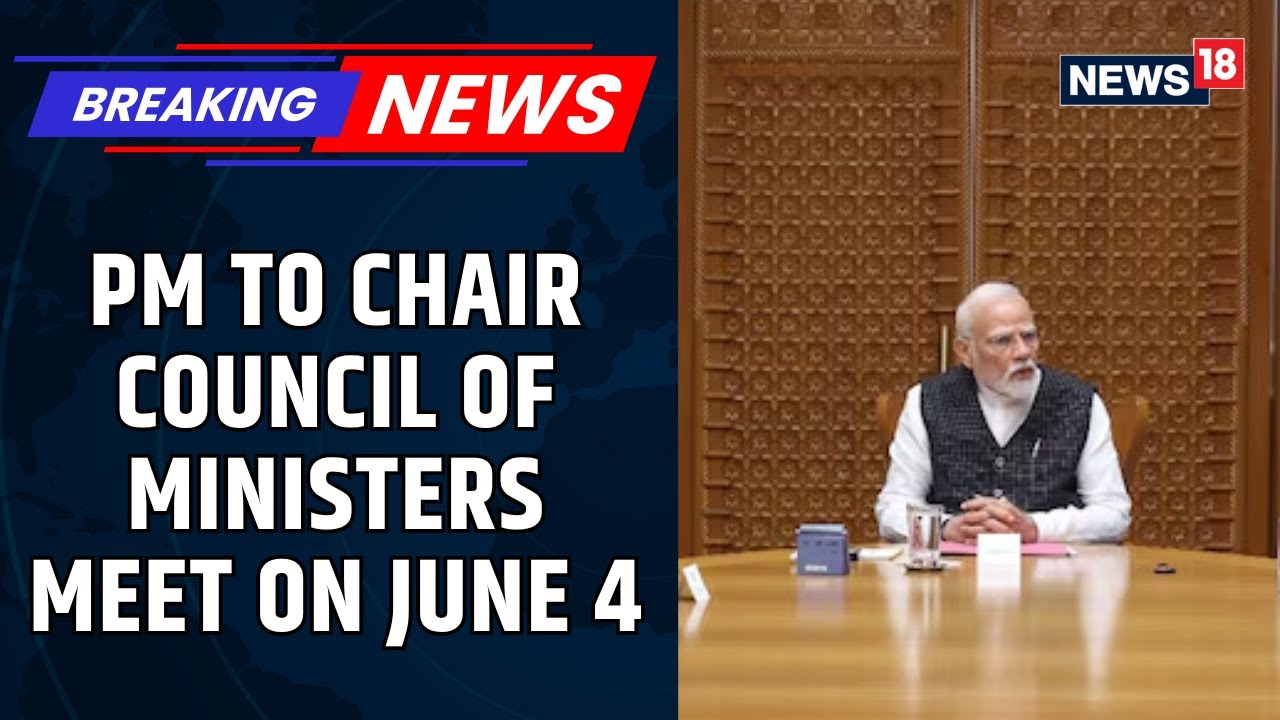ARTICLE AD BOX
Last Updated:May 28, 2025, 20:46 IST
BJP MP and Mysore royal scion Yaduveer Wadiyar said HAL was founded by Walchand Hirachand with support from the Mysore Kingdom, not by Nehru, as claimed by Karnataka’s Deputy CM

BJP MP Yaduveer Wadiyar said HAL was founded with Mysore’s support in 1940—not by Nehru, as claimed by Karnataka Deputy CM DK Shivakumar.
Who really established Hindustan Aeronautics Limited (HAL)? Karnataka Deputy Chief Minister DK Shivakumar recently claimed that Jawaharlal Nehru was its founder. But BJP MP and Mysore royal scion Yaduveer Krishnadatta Chamaraja Wadiyar has pushed back—both publicly and online—asserting that Nehru had nothing to do with HAL’s founding, and that the credit rightly belongs to industrialist Walchand Hirachand and the Kingdom of Mysore.
‘THIS IS A KANNADIGA INSTITUTION’
Speaking to reporters, Wadiyar made his position clear: “The Deputy Chief Minister said it’s Nehru’s contribution. We need to clarify that. In 1940, Walchand Hirachand approached many kings with the idea of an aircraft development system. Only the King of Mysore agreed."
He underscored the foundational role played by the Mysore government, saying: “The Government of Karnataka, back then the Government of Mysore, gave around 700 acres of land. The initial investment came from the Government of Mysore. The king decided not to give the share to anyone else."
Wadiyar stressed that HAL’s origins were firmly local: “This is a system that has been developed by the Kannadigas, under Kannadiga leadership. We also need to remind the DyCM. He has a compulsion to attribute everything to a dynasty and high command, but we need to tell this clearly to him."
He also made a pitch for HAL to remain in the state: “HAL should be kept in Karnataka itself. Even if other defence centres come up, it must remain here. This is what we are telling the Chief Minister as well."
‘NEHRU HAD NOTHING TO DO WITH IT’
Taking to X (formerly Twitter), Wadiyar published a detailed 18-part thread outlining HAL’s true origin story. He began by rejecting Shivakumar’s assertion directly: “The statement… that Nehru founded HAL is far from the truth. Nehru had nothing to do with it."
Wadiyar traced HAL’s roots back to William D. Pawley, an American industrialist who had earlier worked with China’s Nationalist government to establish CAMCO (Central Aircraft Manufacturing Company) in 1933. In October 1939, on a Pan Am flight to Hong Kong, Pawley met Walchand Hirachand. That accidental meeting sparked the idea of building aircraft in India.
The statement made by the Honourable Deputy Chief Minister of Karnataka, Shri D.K. Shivakumar (@DKShivakumar), that Nehru founded HAL, is far from the truth.Nehru had nothing to do with it and facts are as follows:
William D. Pawley, president of Inter-Continent Corp,… pic.twitter.com/zT3o3qHGel
— Yaduveer Wadiyar (@yaduveerwadiyar) May 28, 2025
Pawley arrived in India in July 1940 and secured British approval for the project within 72 hours. Walchand first pitched the idea to shareholders of The Scindia Steam Navigation Company, but they rejected it. He then approached Indian princely states—Baroda, Gwalior, Bhavnagar, and Mysore. Only the Mysore Maharaja accepted the proposal.
In October 1940, Pawley and Walchand visited Bangalore. The Mysore government granted 700 acres of land, invested Rs 25 lakh in equity, and offered institutional support. On 23 December 1940, Hindustan Aircraft Company was incorporated under the Mysore Companies Act, with Walchand as chairman. Work began immediately, and within three weeks the first building and runway were ready.
The Government of India placed its first order:
- 74 Vultee Attack Bombers
- 30 Harlow PC5 Trainers
- 48 Curtis Hawk Fighters
By April 1941, the British Indian government also invested Rs 25 lakh. As the Japanese threat loomed, CAMCO machinery was relocated from China to Mysore. On 29 August 1941, HAL delivered its first Harlow trainer to the Indian government.
After Pearl Harbor, the British took control of HAL in April 1942. Walchand was bought out for Rs 57 lakh. While the Mysore government refused to sell its stake, it ceded temporary control during World War II. In 1943, the facility was handed to the US Army Air Forces, becoming the 84th Air Depot, a key Allied aircraft repair hub across Asia.
After the war, the Mysore government resumed active partnership in 1946. HAL was restructured as Hindustan Aeronautics Limited on 1 October 1964, under the Ministry of Defence.
HAL’S LEGACY: FROM FOREIGN LICENCES TO INDIGENOUS MILESTONES
Wadiyar’s historical account also points out that HAL’s journey wasn’t just industrial—it was strategic. Initially, the company produced aircraft under foreign licence, including:
- Prentice
- Vampire
- Gnat
But by 1951, India’s aviation ambitions took flight. The HT-2 Trainer—the country’s first indigenous aircraft, designed under Dr V.M. Ghatge—had its maiden flight. Over 150 HT-2s were eventually delivered to the Indian Air Force.
In the following years, HAL successfully developed several indigenous aircraft:
- Pushpak – for flying clubs
- Krishak – for Air Observation Post duties
- HF-24 ‘Marut’ – India’s first jet fighter
- HJT-16 ‘Kiran’ – a basic jet trainer
‘A FORGOTTEN ROYAL CONTRIBUTION’
Despite the Mysore state’s foundational role, Wadiyar noted, neither HAL nor the Karnataka government publicly acknowledges the contribution. “HAL’s website features only Walchand’s photo. A forgotten royal contribution to Indian aviation," he wrote.
He concluded by calling on leaders to stop rewriting history for political gain: “Instead of misrepresenting facts and glorifying the Nehru/Gandhi family… the government and the Honourable Deputy CM should focus on ensuring HAL is strengthened. He should take pride in knowing this institution was built by Karnataka’s leaders and remains a symbol of the state’s contribution to Bharat."
- Location :
- First Published:
News politics ‘Nehru Had Nothing To Do With HAL’: Mysore Royal Scion Fact-Checks DK Shivakumar



.png)
.png)
.png)
















 4 days ago
7
4 days ago
7









 English (US) ·
English (US) ·